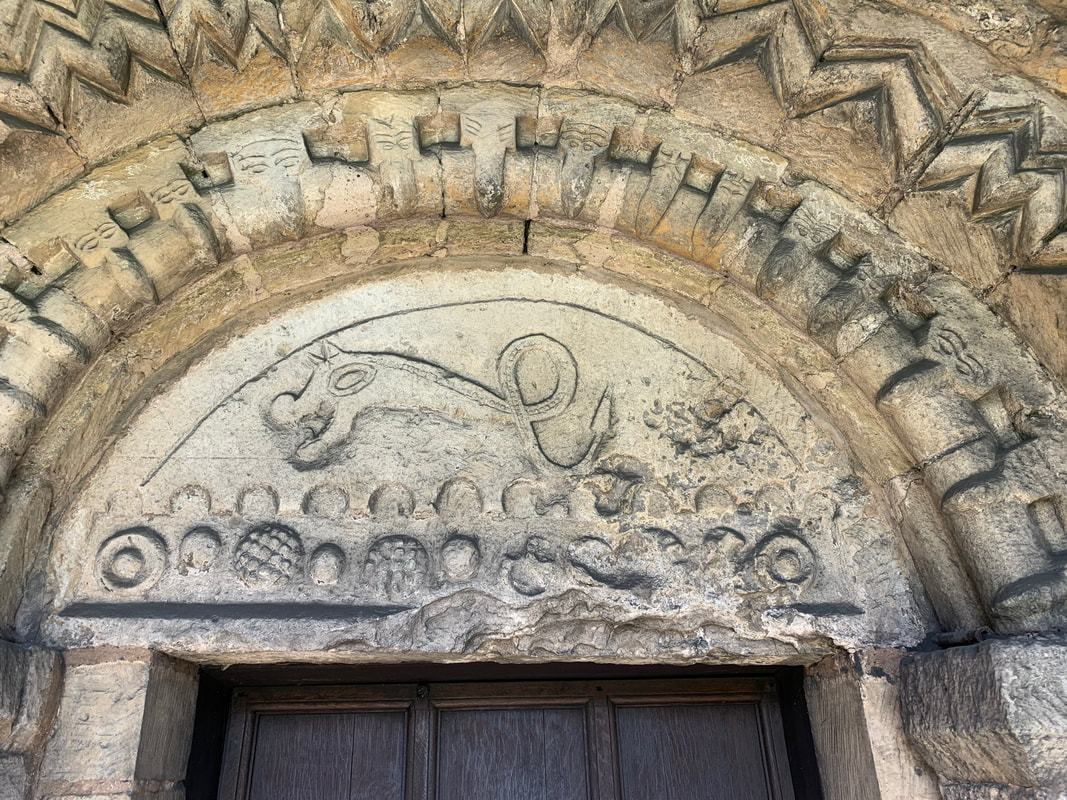|
If it's the 25th of March it must be New Year! The 25th of March is Lady Day, the festival of Floralia and, until 1752, New Year’s Day in Britain. It was also calculated by the monk Dionysius Exiguus as the day Christ was crucified. A lot to happen on a single date.
If you’re a gardener you might want to focus on Floralia. She was associated with vegetation and flowering plants. The Romans honoured her in order to ensure her continued blessing on their lands. Her day falls shortly after the pagan festival of Ostara - the spring equinox where light and dark are balanced before the sunlight tips towards summer. Named from the German goddess Eostre, it is one of a host of names around the world for this heavenly event and is the basis of the Christian festival of Easter. The photo is of the Austerfield dragon - a Viking-age carving set above the door of a Norman church. There was a council at Austerfield in 702 and on the agenda was how to calculate the date of Easter. Was the council held here because the place derives its name from Eostre, the goddess of spring, or was Austerfield named since here the date Easter was discussed? We’ll never know the answer but my feeling is that this was a place sacred to Eostre, goddess of spring, renewal and rebirth, and, by holding the council here, the church capitalised on its symbolic power. And Austerfield feels like a place of power, a feeling reinforced by two pieces of sculpture which pre-date the church: the dragon - a beast sometimes associated with Eostre and inside the church, hidden for a long time, a Sheela Na Gig - a carving of a woman holding open her vulva: an early symbol of feminine power.
0 Comments
|
AuthorJosie Beszant and/or Ian Scott Massie, both artists from Masham North Yorkshire, Uk. Archives
May 2024
Categories |
Happy House Masham, 24, Market Place, Masham, North Yorkshire. HG4 4EB


 RSS Feed
RSS Feed